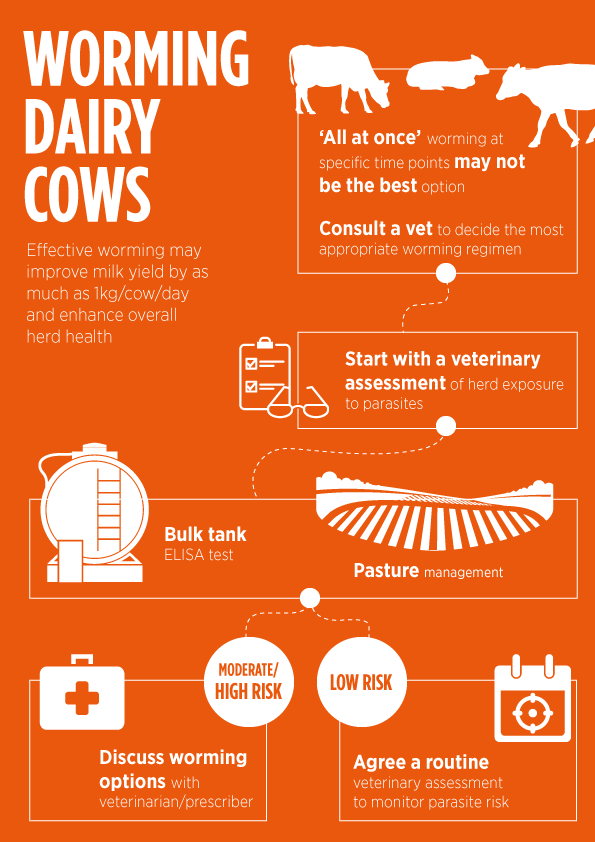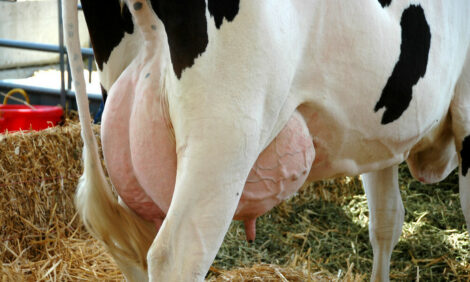



Expert Warns Dairy Herds Are Suffering From Poor Worming Routines
EU - Many European dairymen are not getting the full financial benefit from their worming programmes because they are following standard – and sometimes inadequate – worming routines.This is the warning from Dr Johannes Charlier, a veterinary parasitology expert who has been developing new tools to help farmers get the best value from anthelmintic treatments.
He believes that inadequate or incorrect worming can have a significant impact on the general health of the herd and production.
“Of course losses are farm specific, but in general in the trials we have done in Europe you are often talking about an average loss over the year of about 0.5-1kg of milk per cow per day. So that could be 350kg of milk yield lost per year. Within that, there is a lot of variation from farm to farm.

“People do not always think enough about de-worming. There are a lot of products and good efficacy, so they just think ‘OK we just have to treat and the problem is solved’.”
Dr Charlier says that there is a temptation to take the easy route and treat the whole herd at once based on a simple routine. And because worming is easy to do, and farmers can do it themselves, there is too little involvement of the vet. He emphasises that it is important to assess the status and risk profile of each herd before deciding whether worming is required and which programme would be most appropriate.
“If the same herd is given repeated whole herd treatment then there is a danger after some years that the drugs will no longer work because worms become resistant. When treatment is limited to one per year and not all animals at the same time, for example throughout the year in the dry period, then this risk is thought to be minimal.”
Rather than treating the whole herd at one time, he suggests that the best approach is to de-worm dairy cattle individually either at housing or during the dry period. The choice between these two depends on the specific set up on the farm, but treatment in the dry period is his preferred option.
“The problem with treating the whole herd at housing is that some animals will be in mid-lactation and so there will be a smaller effect on their yield. From an economic point of view I am convinced that in most cases it is best to treat in the dry period around calving. We have seen that the effect of treatment lasts longer when you do that, so that you have an effect on the whole lactation.”
The best time to worm during the dry period depends upon the particular circumstances on individual farms, he says.
“If you treat at dry off and they subsequently go out to pasture in an infected environment, then you may need a second treatment. In that case it is preferable to treat closer to calving. But if animals are kept inside or on a paddock at low risk of re-infection then it makes no difference when you de-worm during the dry period. In general, one treatment should be enough.”
Dr Johannes Charlier is a veterinarian from Belgium with a particular interest in cattle parasitology and its impact on commercial herds. He has worked at the Laboratory of Parasitology at Ghent University and conducted research into the diagnosis, epidemiology and economics of helminthic infections in cattle, including a number of EU-funded international projects. In 2015 he was presented with the Peter Nansen Young Scientist Award at the WAAVP. He is founder of ParaCalc®, a website offering tools to support the control of parasitic infections in livestock and he recently joined Avia-GIS, with the aim to bring decision support systems in animal health from research to practice.



